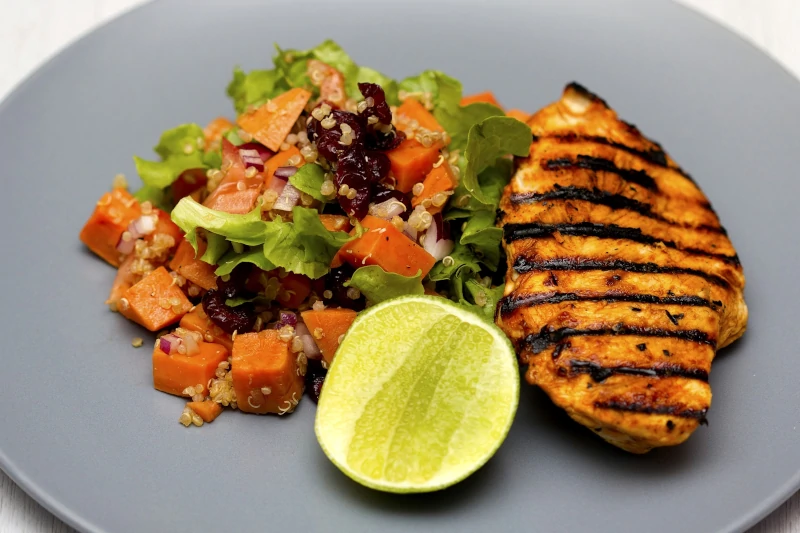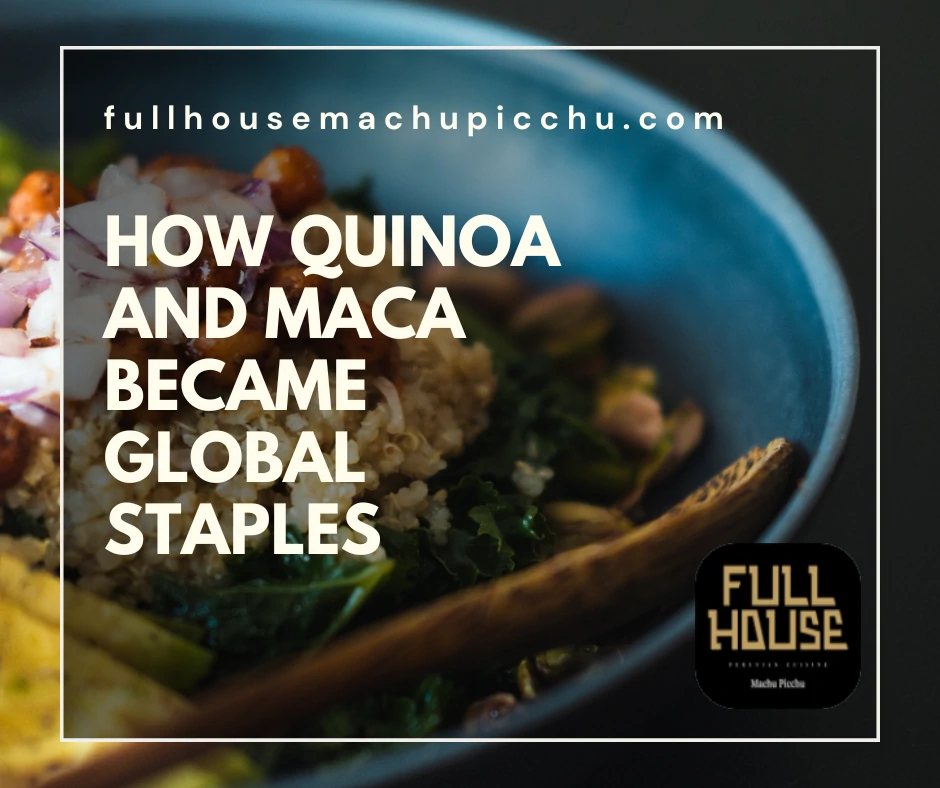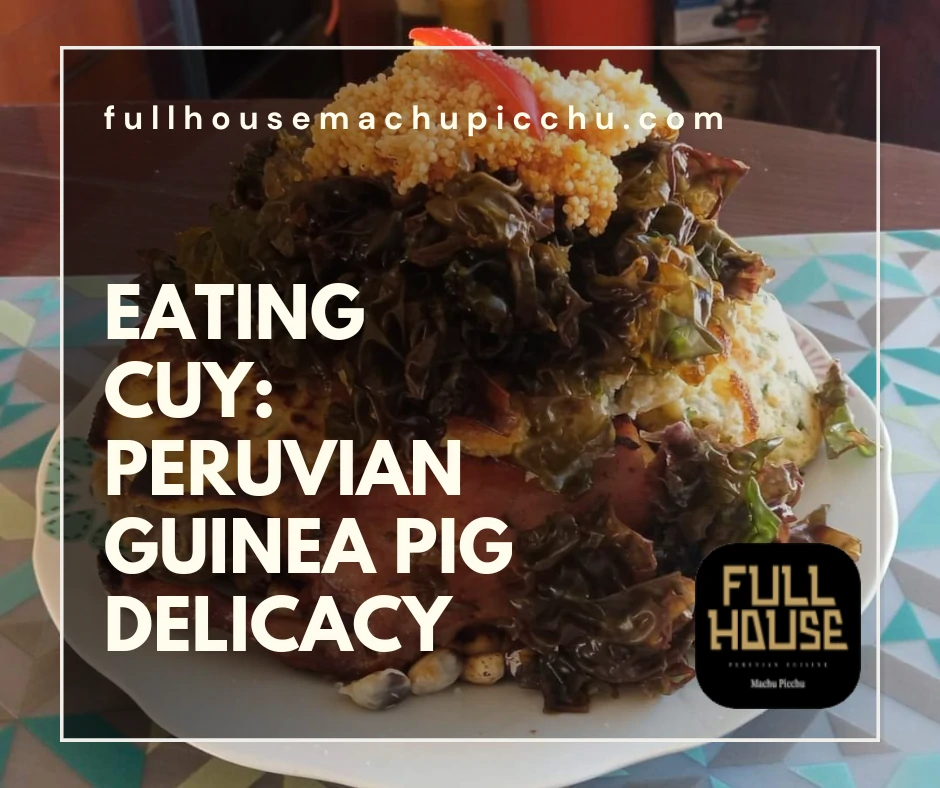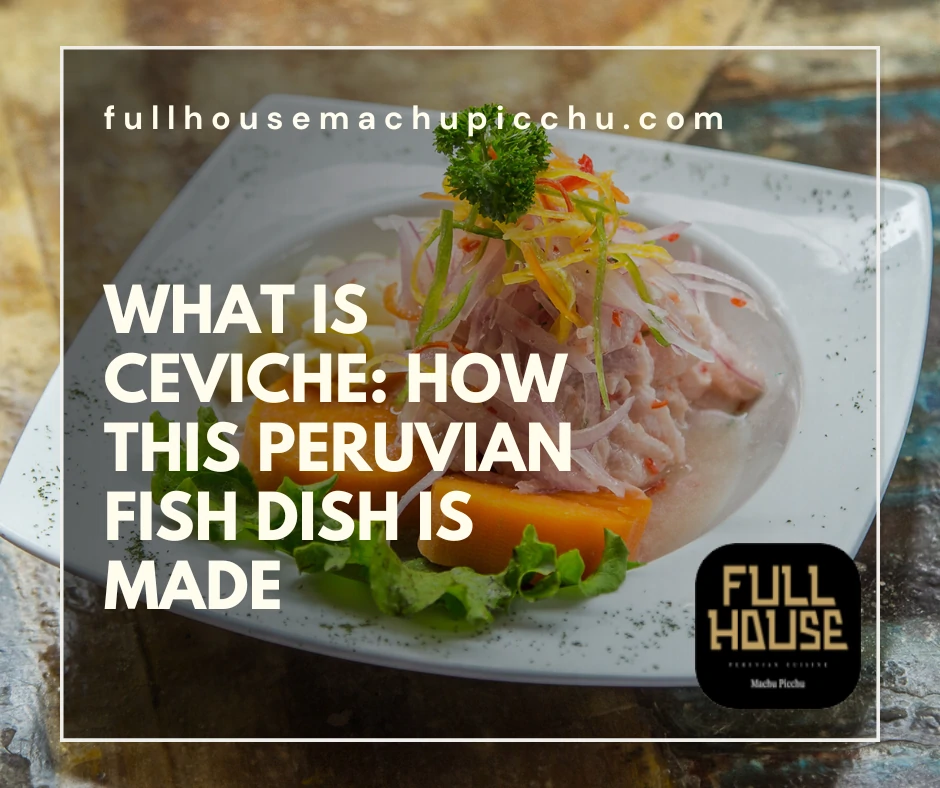In recent years, the world has seen an unprecedented rise in the popularity of superfoods, nutrient-rich powerhouses that not only provide essential vitamins and minerals but also offer a range of health benefits. Two such superfoods that have taken the world by storm are quinoa and maca, both hailing from the majestic landscapes of Peru.
In this article, we will explore the journey of these Peruvian treasures as they transitioned from ancient, traditional staples to global sensations, captivating the attention and palates of health-conscious consumers everywhere. From the Andean highlands to your dining table, we’ll delve into the history, cultivation, and unique properties of quinoa and maca that have made them indispensable additions to the modern diet.
Exploring the roots of quinoa and maca in Peruvian history
Quinoa and maca have a long history in Peru, dating back thousands of years. They were cultivated in the Andean region, where they played a vital role in sustaining indigenous communities. For the Inca civilization, quinoa was considered sacred, as it provided essential nutrition to their people.
Maca, a root vegetable native to the high plateaus of the Andes, was similarly treasured. Its endurance-enhancing properties made it indispensable for ancient warriors. It also served as a staple food source for the people, as it could grow in harsh, high-altitude conditions.
These two superfoods have been an integral part of Peruvian culinary tradition. They were often paired with other indigenous ingredients, such as Peruvian corn and guinea pig, to create delicious and nutritious dishes. The cultural significance of quinoa and maca is evident in traditional festivals, where they continue to be celebrated.
Over the centuries, these ancient superfoods have remained vital to Peruvian cuisine and culture. As globalization increased, the rest of the world began to take notice. Researchers and nutritionists started to study their properties, and soon, the health benefits of quinoa and maca were recognized globally.
The rich history of quinoa and maca in Peru has contributed to their current popularity. This ancient wisdom, passed down through generations, has allowed the world to enjoy the benefits of these remarkable superfoods. As more people learn about their origins and cultural significance, appreciation for these Peruvian staples only grows.
In conclusion, the ancient origins and cultural significance of quinoa and maca play an essential role in understanding their journey to global fame. Their historical roots in Peruvian history, along with their incredible nutritional value, have made them indispensable additions to the modern diet.
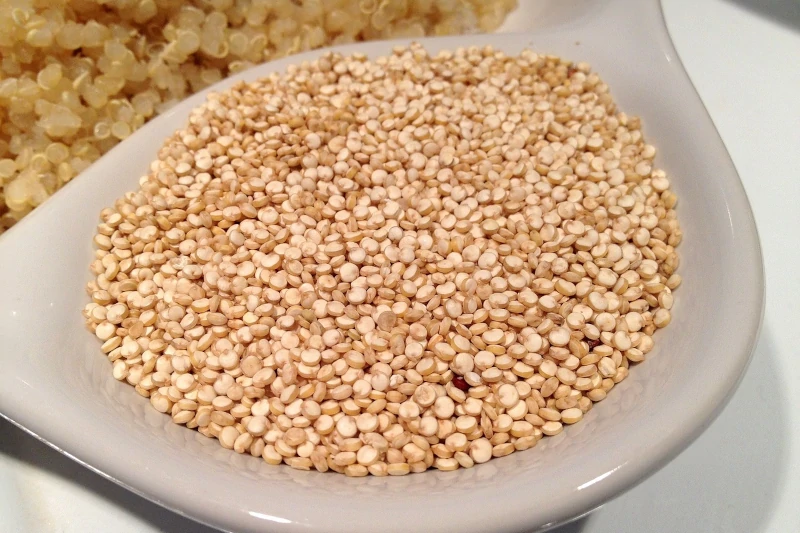
Understanding the health benefits and unique properties of these superfoods
Quinoa and maca are both nutritional powerhouses, offering a wide range of health benefits. Quinoa, a gluten-free pseudo-cereal, is a complete protein. This means it contains all nine essential amino acids, making it an ideal choice for vegetarians and vegans. It is also high in dietary fiber, promoting healthy digestion and weight management.
Maca, on the other hand, is an adaptogen, meaning it helps the body adapt to stress. It has been traditionally used to boost energy levels, enhance endurance, and improve mental clarity. It is also rich in essential vitamins and minerals, including vitamin C, copper, and iron.
Both quinoa and maca possess antioxidant properties, helping to protect the body against free radicals. These harmful molecules can cause oxidative stress, which has been linked to chronic diseases, aging, and inflammation. Incorporating quinoa and maca into your diet can help support overall health and well-being.
Quinoa’s mild, nutty flavor and versatile texture make it a popular ingredient in various dishes. It can be used as a base for salads, pilafs, and even desserts. Maca, with its earthy taste and caramel-like undertones, can be added to smoothies, oatmeal, or baked goods. Both can also be incorporated into spicy food, adding a unique twist to traditional recipes.
The health benefits of quinoa and maca have been recognized by nutritionists and health enthusiasts worldwide. Their unique properties make them ideal choices for individuals seeking to improve their overall health and well-being. As more people become aware of their nutritional profiles, these Peruvian superfoods are increasingly sought after.
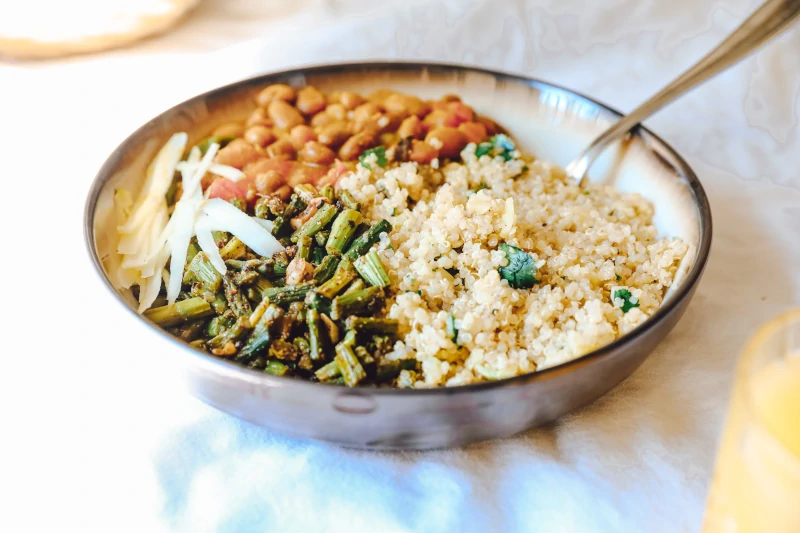
The journey of these Andean plants into modern culinary trends
The journey of quinoa and maca from local Peruvian delicacies to global sensations is an inspiring tale of cultural exchange and culinary innovation. As interest in health and wellness grew, people sought nutrient-dense foods that could support their lifestyles. This global demand for superfoods brought quinoa and maca into the spotlight.
Celebrity chefs and food enthusiasts alike began incorporating quinoa and maca into their recipes. Their versatility in the kitchen made them ideal for a variety of dishes, from savory entrees to sweet treats. As a result, these Peruvian staples gradually found their way onto restaurant menus and grocery store shelves worldwide.
The rise in popularity of quinoa and maca also led to a greater appreciation for Peruvian cuisine as a whole. Curious foodies began exploring other Peruvian dishes and ingredients, sparking a culinary renaissance for the South American nation. The growing interest in these superfoods has not only boosted their exportation but also contributed to the global recognition of Peru’s rich gastronomic culture.
The success of quinoa and maca in the international market has had a positive impact on Peruvian farmers. As demand for these superfoods increased, local communities benefited from improved economic opportunities and sustainable agricultural practices.
As you continue to explore the fascinating world of Peruvian food, we invite you to delve deeper into its rich culinary heritage. Savor the fresh, tangy flavors of ceviche or indulge in the iconic Pisco sour cocktail. By embracing these delicacies, you’ll not only enjoy a taste of Peru but also contribute to the ongoing success of its remarkable gastronomy.
